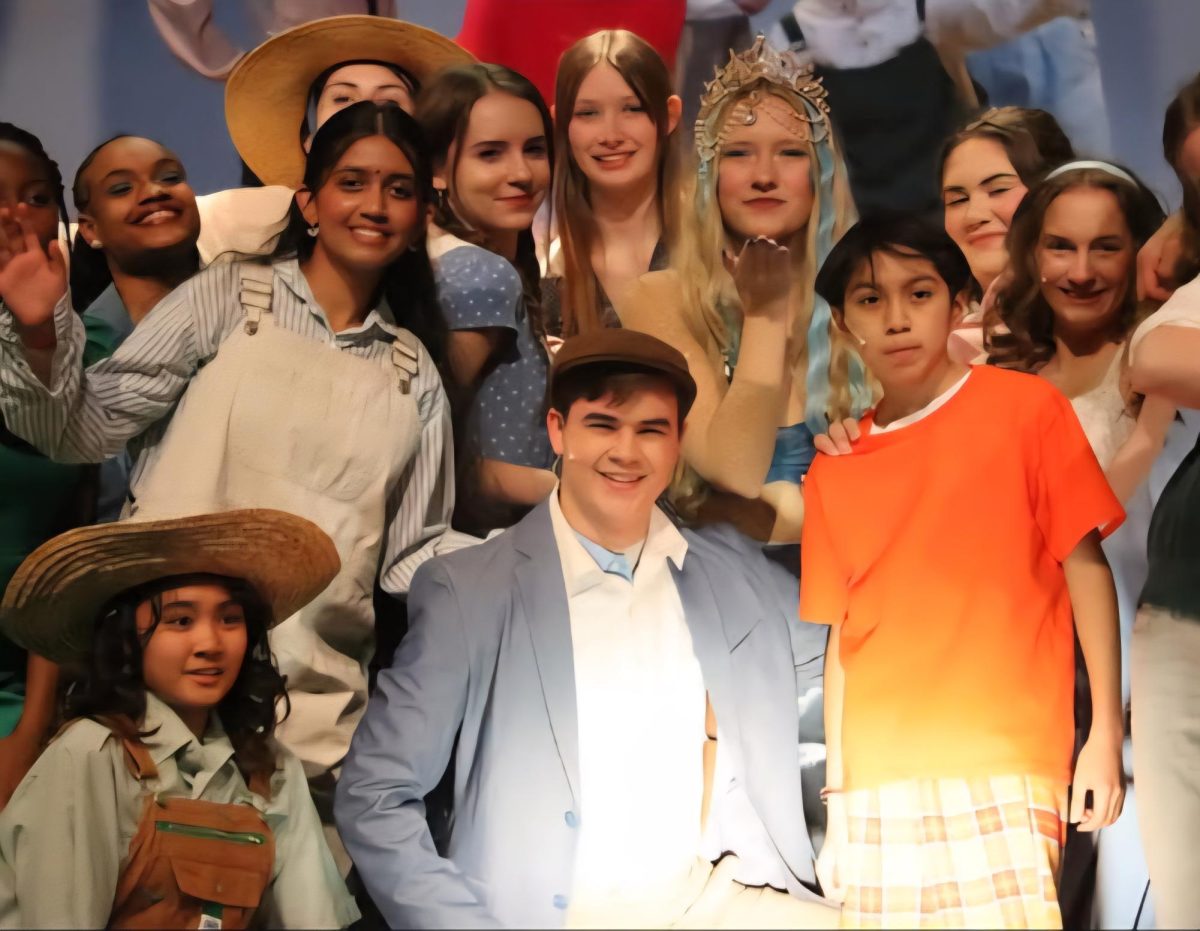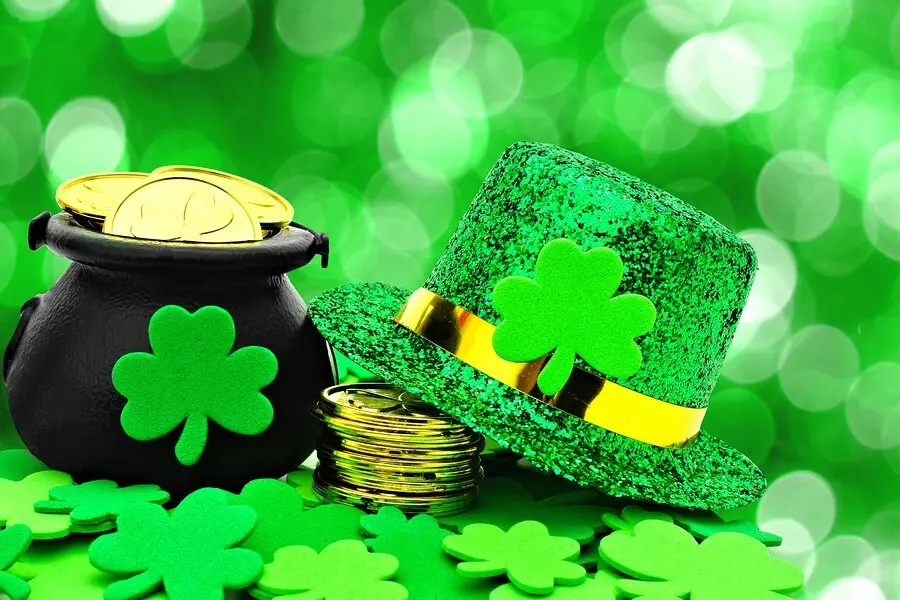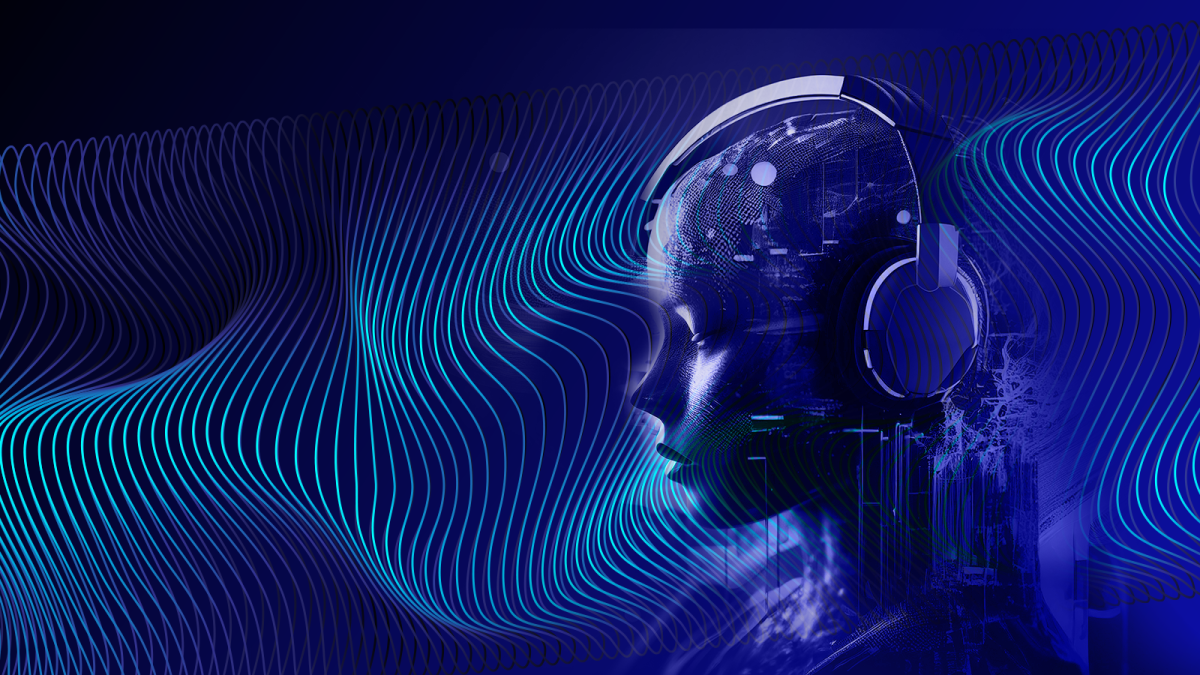
It’s that time of the year again, where painted eggs begin spontaneously spawning in places that they shouldn’t be in, unless you don’t celebrate Easter. Whether you celebrate it or not, this year’s Easter actually lands in March! A holiday that lands on Sunday every year has arrived early. Still, the holiday is definitely a lot more than just collecting eggs and indulging in chocolate. There are traditions that date wayback that puts reason into the entertaining activities we celebrate today.
It’s interesting to note that Easter doesn’t really have an exact date of celebration. It changes every year, but usually at some point between March 22 and April 25. Utilizing the moon cycle, the holiday lands on or after the Spring Equinox when the full moon occurs. Like other holidays, it uses the Gregorian calendar.
Easter’s name dates back to the 6th century with the Anglo-Saxons. The actual word, “Easter” derives from “Eostre” or “Eostrae,” the Anglo-Saxons’ goddess of spring and fertility. The connection is there, isn’t it? There are some other researchers who argue that the word actually comes from “in albis” of latin, into “eostarum” of old German, which we know is an ancestor of the English language.
Described in the New Testament of the Bible for Christians, Easter celebrates the resurrection of Jesus’ death after Good Friday where he was crucified by Roman authorities who doubted Jesus’ veracity. His resurrection on the first Sunday after his death was deemed Easter, and the believers of his death and resurrection would be given eternal life in heaven after their passing on Earth.
Besides from more commonly known Easter traditions such as egg decorating or hunting, there are some more religious events associated with the holiday. The days before Easter holds importance to many of those who celebrate it. There’s a time of fasting and repentance that lasts for 40 days, excluding Sundays, that begins on Ash Wednesday. The Sunday preceding Easter is Palm Sunday, which celebrates Jesus’ advent in Jerusalem as his followers plastered palm leaves along the floors to welcome him.
The non-religious traditions are more popularly celebrated than the actual religious ones surprisingly, but the festivities isn’t all meaningless. The Easter eggs that children hunt and decorate symbolize the fertility of Spring for certain Pagan beliefs. The eggs became a part of Easter traditions as to celebrate the “rebirth” or “resurrection” of Jesus.
The Easter Bunny, who delivers candy and chocolates to children with their basket, also has its origins. While the exact precursor for how the Easter Bunny became such a famous mascot for the holiday is unknown, research points to the 1700s when German immigrants arrived in the United States. In many cultures, rabbits are considered as very enthusiastic and active “creators.” Therefore, the animal, along with Spring, became related to Easter culture.
Regardless if Easter is being celebrated religiously to pay respect or for fun as an excuse to indulge in sweets, the Spring season is arriving nonetheless, and that implies that all sorts of things are “returning” to life. What matters in the end is that Easter should be spent with those around you, to celebrate the fertility of what’s to come in the future.








